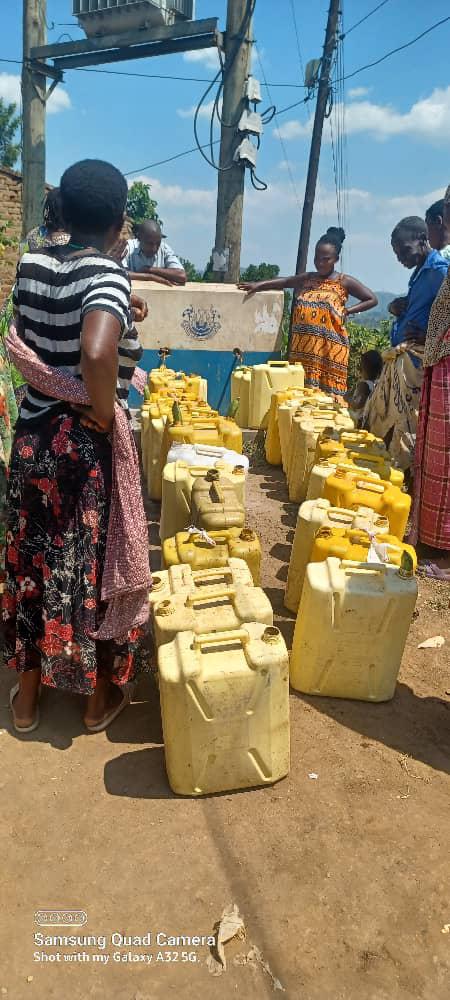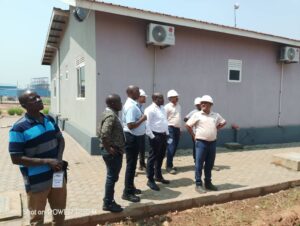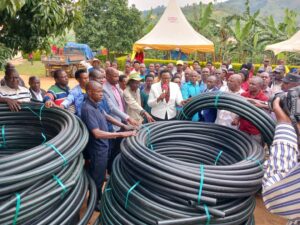
Irene Ampaire, a 13-year-old girl, used to spend her days fetching water from a contaminated crater lake. The water, shared with animals and tainted by chemicals, not only made her ill but also kept her from attending school regularly. The physical toll of carrying heavy water buckets over long distances aggravated her health issues, leading to frequent headaches and a strain on her family’s resources for medical care.
For years, the community in Rubirizi Area, including Nyashozi Parish, struggled with access to safe water. Women and children on a daily basis walked up to three miles to fetch water, facing risks of injury and illness from the polluted sources. Tragically, some lost their lives in accidents while attempting to collect water from these hazardous crater lakes, as recounted by local officials.
Responding to this dire need, the National Water and Sewerage Corporation (NWSC), acting on behalf of the Government of Uganda, launched the Kigabiro Project, an initiative aimed to provide clean and safe water to approximately 4,000 people across Rubirizi Area and Bunyaruguru County. After nearly two years of construction, the project was successfully completed in April 2024.
Funded entirely by NWSC, the Kigabiro Project was characterized by; the construction of a 120m³ twin reservoir tank, a 40m³ sump, a booster pump house, a three-phase power line, and extensive distribution lines totaling 7km. These facilities will ensure reliable water supply to eight villages, namely Busonga2A, Busonga2B, Busonga1A, Busonga1B, Nyakasozi A, Nyakasozi B, Nyabubare1B, and Nyabubare2B.
The impact of the Kigabiro Project extends beyond mere access to clean water. Mr. Edward Tinka, LC2 chairman, emphasized the project’s life saving impact, noting that deaths from drowning during water collection have sharply declined.
The project has liberated women and children from the burden of water collection, freeing up time for education and other productive activities. Also, with reliable access to safe water, families no longer face the constant threat of waterborne diseases, significantly improving their quality of life.


